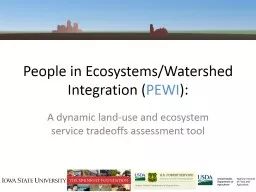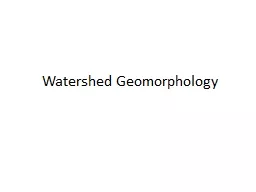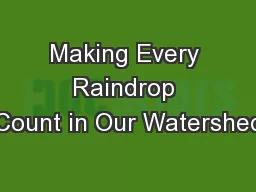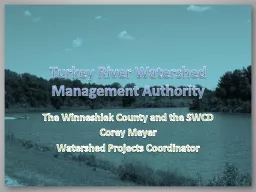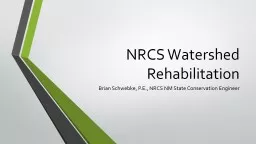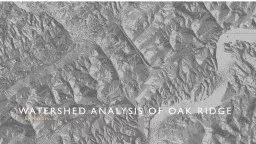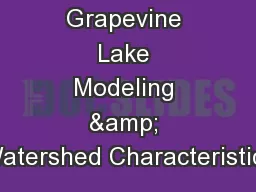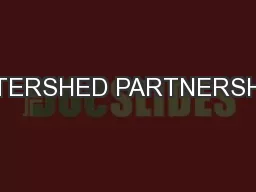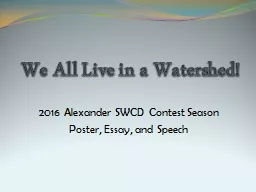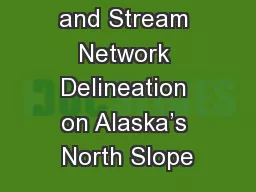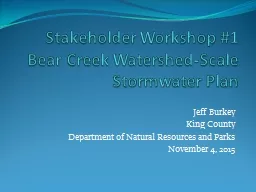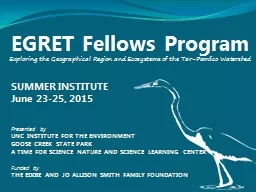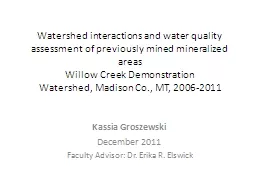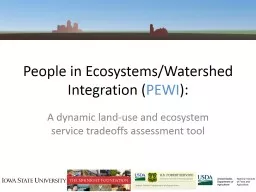PPT-People in Ecosystems/Watershed Integration (
Author : calandra-battersby | Published Date : 2016-05-16
PEWI A dynamic landuse and ecosystem service tradeoffs assessment tool Why PEWI How agriculture can produce outcomes that society desires How we can learn Complex
Presentation Embed Code
Download Presentation
Download Presentation The PPT/PDF document "People in Ecosystems/Watershed Integrati..." is the property of its rightful owner. Permission is granted to download and print the materials on this website for personal, non-commercial use only, and to display it on your personal computer provided you do not modify the materials and that you retain all copyright notices contained in the materials. By downloading content from our website, you accept the terms of this agreement.
People in Ecosystems/Watershed Integration (: Transcript
Download Rules Of Document
"People in Ecosystems/Watershed Integration ("The content belongs to its owner. You may download and print it for personal use, without modification, and keep all copyright notices. By downloading, you agree to these terms.
Related Documents

